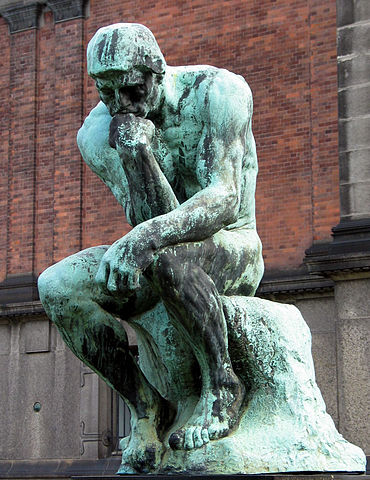
Innovation and creativity are things that we hear about all the time. To be innovative, you need to think creatively. Art is one way to foster this. OECD published a report, Art for Art’s Sake? The Impact of Arts Education looking at the impact of arts education and these kinds of outcomes. They asked the question “does arts education really have a positive impact on the three subsets of skills that we define as “skills for innovation”: technical skills, skills in thinking and creativity and character (behavioural and social skills)? What did they find?
We see articles like these : Art Makes You Smart and Is Music the Key to Success? The research on art making you smart article is based on one school visit to a museum to children who had very little prior exposure to cultural institutions. Is this group of kids smart now?
The museum article states that ‘museum visits really do improve critical thinking’ and ‘high achievers say musical training played a central role in their lives.’ Lots of studies make the correlation. The OECD study did not find that evidence. The sole longitudinal study in the OECD report on music found there was “no persistent influence after three years of music.”
Does it matter? It doesn’t matter to me. My reaction how could you possibly measure what seeing and listening to beauty impacts education. It impacts all your senses. It impacts the way you look at things, the way you hear things. Whether it is art, music, even watching an athlete make a perfect play, how could what it resonates inside of you be measured, perhaps years later? My feeling goes along with the title of the OECD report, Art for Art’s Sake.
My example: I recently did my first Sketchnote, a visual note, about an event by Coders4Africa. It explains what I learned from the event. I have been taking calligraphy lessons for several years. What you see is my practicing writing pretty letters and learning how to arrange them and using what I learned to write about a techie event.
What I wonder most about are the kids in the parts of the world that do not have museums or lessons accessible to them. According to the statistics being kept for Millinium Development to Achieve Universal Education, enrolment in primary education in developing regions reached 90 per cent in 2010, up from 82 per cent in 1999, which means more kids than ever are attending primary school. Yet at the same time 57 million children of primary school age were out of school.
What about any of these kids, in or out of school? How can they visit museums? Where can they see what is in a museum? How can teachers learn about art and show their students? Is it possible? Yes. Is it feasible? Perhaps. Perhaps not. My purpose is to put it out there. I think of a few teachers in Garissa, Kenya, and I know that he would be excited to learn about this. Start somewhere.
Google Art Project has 40 countries who have contributed more than 40,000 high-resolution images of works ranging from oil on canvas to sculpture and furniture. Around the world you can see art in the Virtual Museum of Modern Nigerian Art at Pan-African University, the Rijks Museum in the Netherlands, Virtual Museum of Canada, the Virtual Museum of Japanese Arts and National Museum Australia’s collection interactives
How to learn more about creating art? National Gallery of Art has a series of lessons. The lesson on texture identifies different types of textures found in works of art such as smooth water, wrinkled skin or furry plums and hypothesizing what materials and techniques were used to achieve that texture. Did they brush paint on in watery strokes and thick drips or twirl their brushes to make circles and curls? The pictures in the slideshow can be downloaded although it is set at a small image.
Have you ever visited the Exploratorium site? It is one of my favorites. You can watch a cow’s eye dissection and learn how to do your own. You can find a lesson plan on physics using eggs, or take a tour on the Geometry Playground. When I taught years ago in The Gambia, I would bring my students there to play a “game” to guess what the object is that they were showing. They loved it. Kids can be a Museum Explorer or a Time Explorer in the British Musem rescuing artifacts. Some of these do require internet and have other hurdles to access them, but it could be shown on the teacher’s computer and put up on the wall. Students are groups and at each step of exploration, one group would decide what to do next.
ArtBabble is a website that showcases high quality art-related video content from more than 50 cultural institutions from around the world. One area that they look at is how art and design connect with STEM (Science, Technology, Engineering, and Mathematics): STEAM. Add the A for art in STEM. Listen to Frank Stella‘s video about art on irregular polygons. Learn geometry through art? Yes!
How to bring it altogether? Try virtual museum presentations. The site is several years “old” and uses powerpoint as the template to create the museums. But, hey, what a great way to learn powerpoint and go online and search collections of art. The first time I took kids to museum sites was around 2000. I found plenty to see and do. The possibilities are endless now.
And, of course, if tablets are available, there are plenty of art apps and plenty other sites.
Let’s simply enjoy the arts – whether or not it makes you smart.
Photo: “Auguste Rodin – Grubleren 2005-02” by Rodin (1840-1917)User:Hansjorn (Hans Andersen) – Own work. Licensed under Public domain via Wikimedia Commons